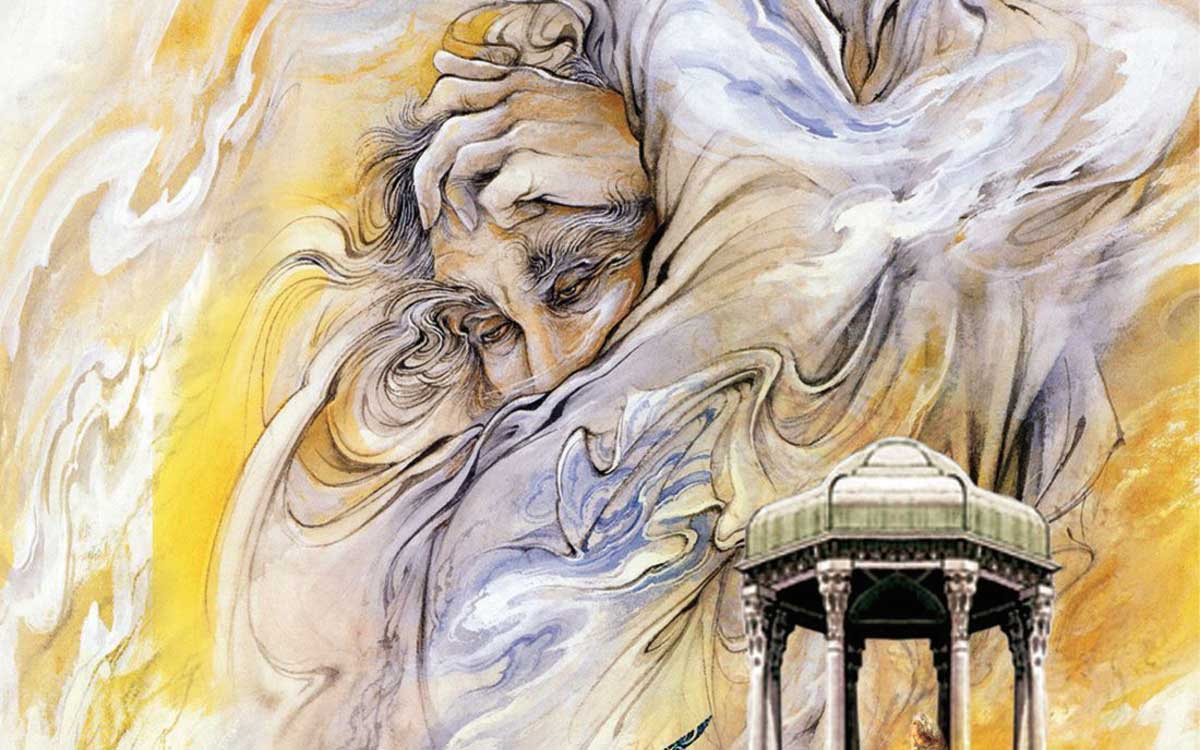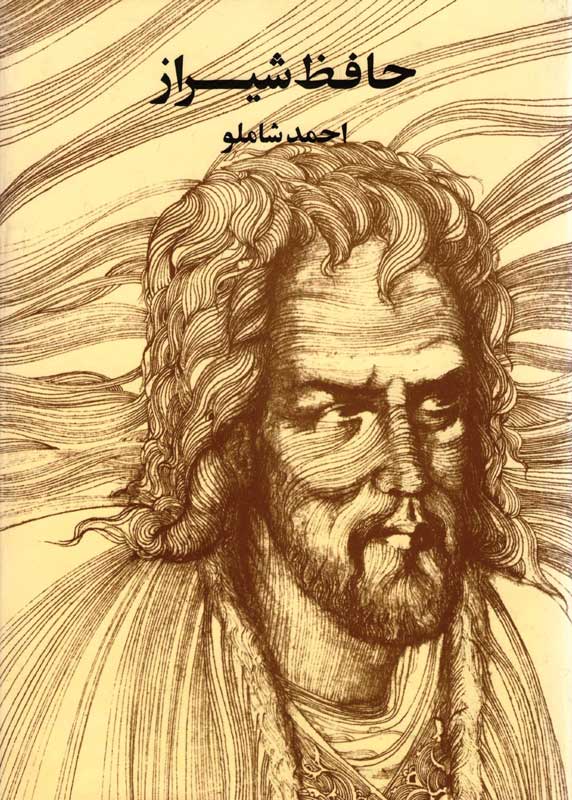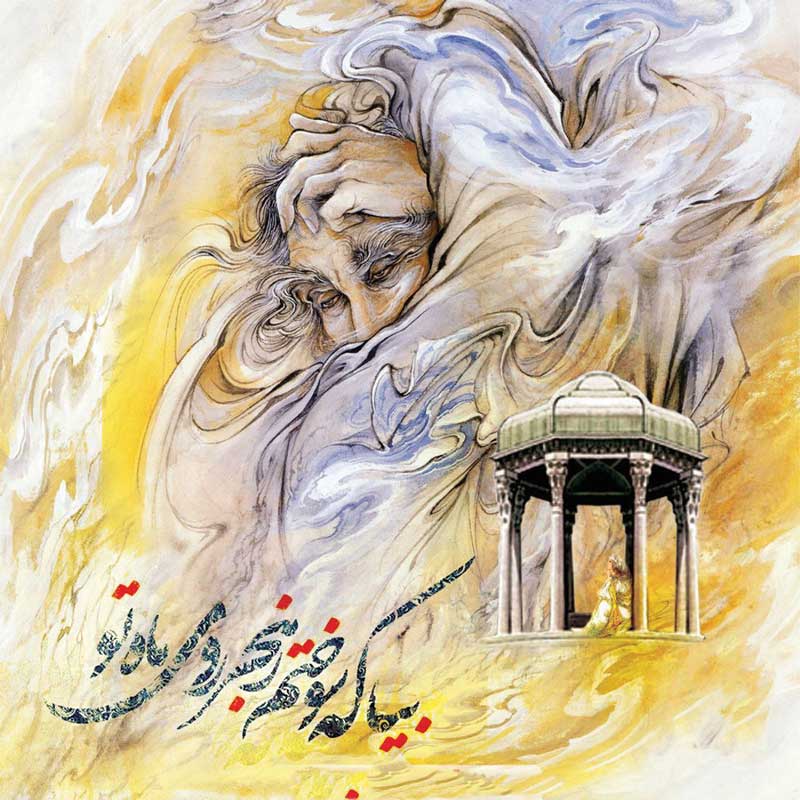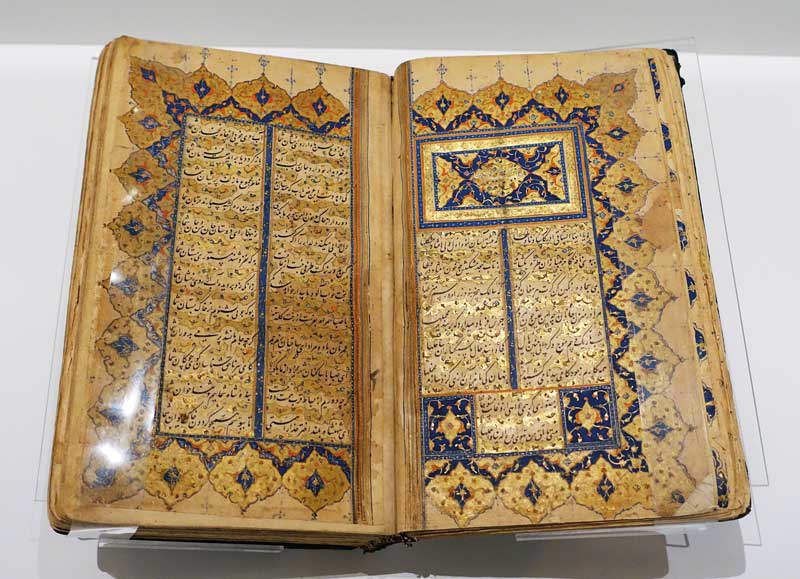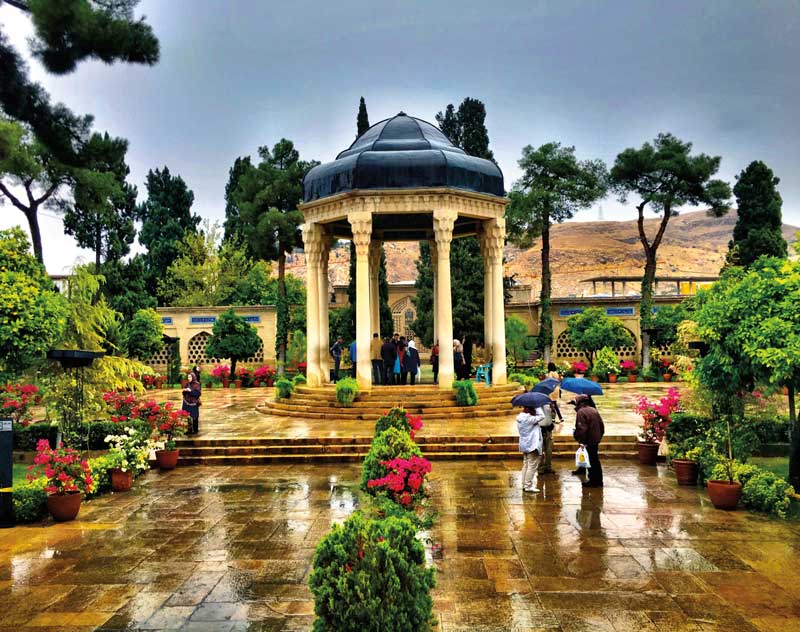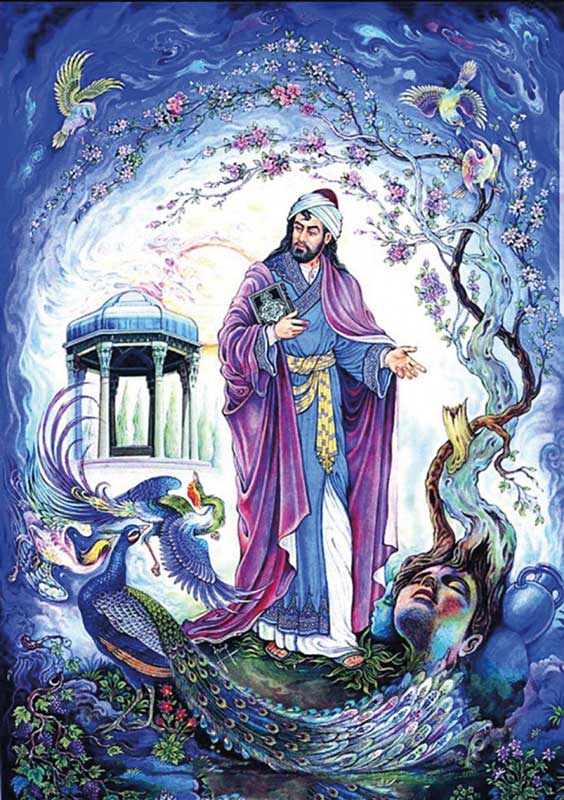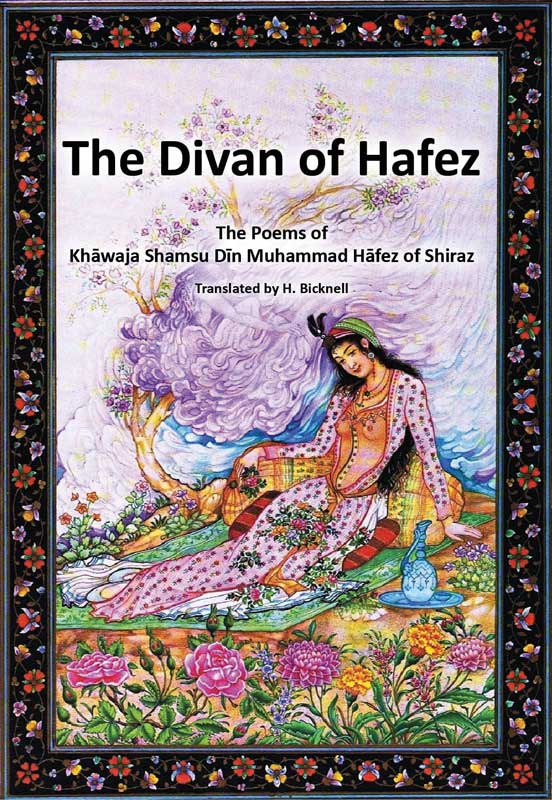The Name of Persian Wisdom
Little is known about the life of Hafez. His existence lies between legend and reality; however, it’s well known that his work and name are still very much alive, that far from being a reference of Persian poetry, Hafez is synonymous with Iranian tradition, and has crossed geographical and temporal boundaries. Let’s go as far back as possible into his story; it was the year of 1315 when the sweet land of wine, poetry and roses known as Shiraz, Iran, became the birthplace of Mohammed Shams od-Din, who, throughout the years, would adopt Hafez as his name. And such name wasn’t left to chance; it was his great knowledge which awarded him with this title. It means: “He who knows the holy book by heart,” and only those who learned the Quran by heart were called that way. During his time at the Islamic school, Hafez learned fluent Arabic and Persian, and it would be this second language that would greatly honor his poetry. All of his acquired knowledge and the peculiar way in which he perceived life would allow him to become a poet of the court.
“Don’t worry, Hafiz, humble in your corner when you think poor, abandoned the dark night, and think that you still have your song and your love.”
- Hafez
Human beings as the greatest of treasures, the nobility of their souls, being one with the universe, the internal struggles that each soul carries, joy, anguish, wine, hope, freedom and drunkenness are some of the themes that permeate his poetry, and the interaction between these ideas caused dual responses from his followers: those who loved him and those who utterly rejected him.
Faithful to himself, his work Divãn pays the greatest homage to his beliefs—a compilation of poems which words approve of drunkenness as celebration and as quietness for the soul, others portray the fear of never finding the loved one and repudiation of a religious society’s hypocrisy; fearlessly, Hafez exposed leaders who misused their power. His work would mark the beginning of the tradition of criticism through humorous poetry and satire.
Time did not leave Hafez forgotten. Today you can visit his Mausoleum, built in 1773, which has undergone several changes to become what we see today: a simple construction of arches and a dome that raises Hafez’s tomb at the top of nine steps. The site is surrounded by gardens, creating a space of tranquility and hope for all of his followers who have turned this man’s work into their oracle. It’s the favored destination for literary pilgrims from all over the world who seek a place where the only voice they hear is that of Hafez, found in young people, in the elders who declaim aloud some of his verses, a space for all those who pay tribute and make of his words a great tradition, following in his footsteps through his poetry, and perhaps, then, to become one with the universe, just as the great Hafez longed for.
Text: Teresa Morales ± Photo: AMAZON / Isla Moriente / PNT / Aga Khan Museum / digi pedia / Hafez Kavoshgar / PNT / NHIYE FIZIK / Harvand

